G u m b a l l P r o j e c t - T h e P u l l m a n S t r i k e
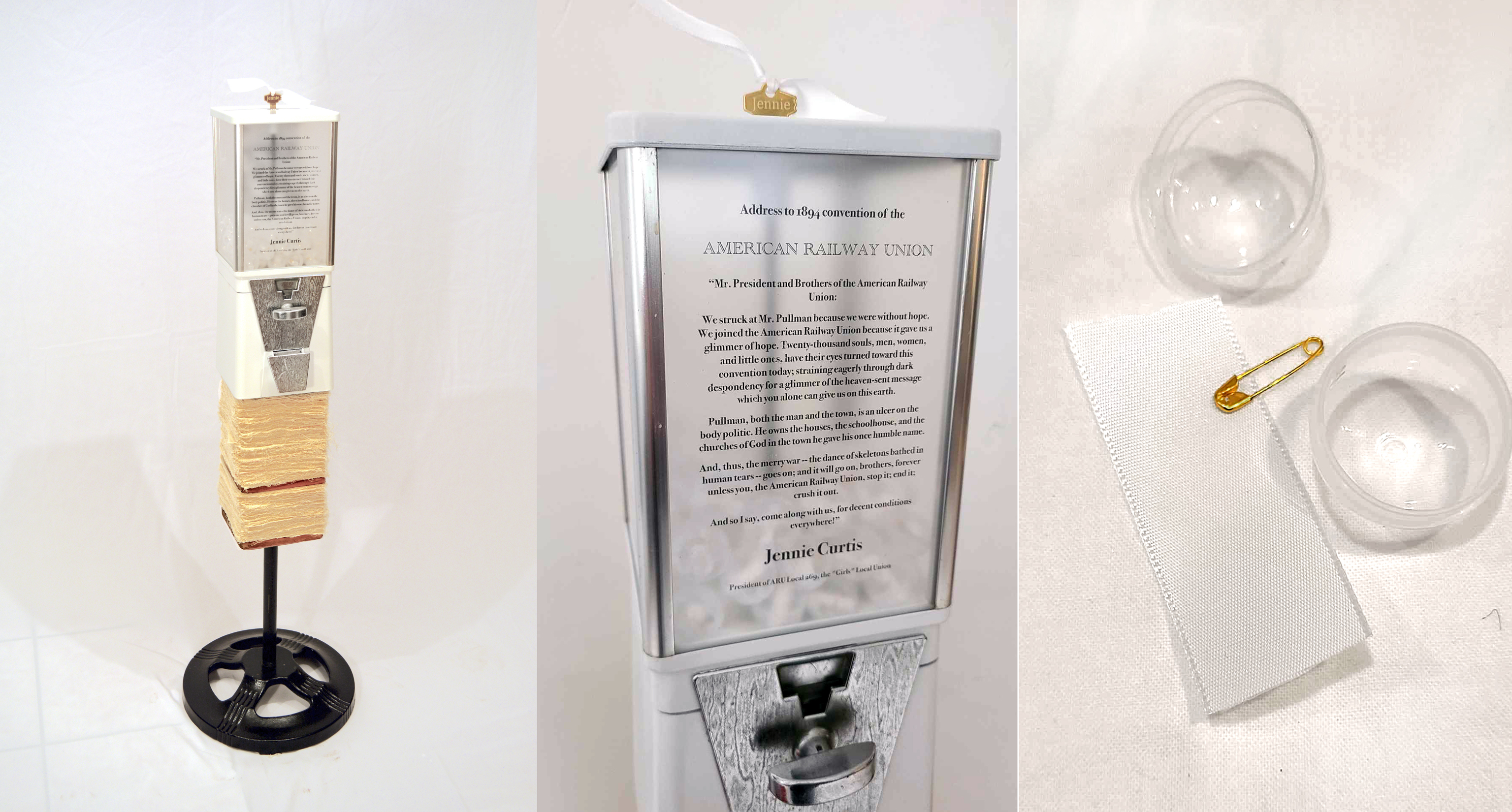
Title: "Jennie Curtis- (piece work)" Dimensions: 46" x 14" Assembled objects: Gumball machine, muslin, wood, white ribbon, safety pin Interactive I’ve asked friends, authors, historians, scholars, activists, laborers and labor leaders to write something related to each piece in the project. I am so appreciative of each and every one of them for their contribution. President, Local No. 269 American Railway Union by Ruth Lopez* Leading the women workers during the 1894 strike was Jennie Curtis, a 23 year-old seamstress at the Pullman Palace Car Company whose father was among the first wave of workers to move into the company town. Jennie worked in the sewing rooms—among the few places where women were employed at the factory. The two years leading up to the strike were particularly challenging for the Curtis family. Hattie, their mother, died in 1892. The following year, her father Alexander died after a short illness, leaving Jennie and her five siblings orphans. He had worked as a laborer for the company for 13 years. While a much older half-sister arrived from New York to help care for three of the youngest children following Hattie’s death, Jennie and a younger brother slogged on at the factory, but they could no longer afford to rent a Pullman house. Alexander died owing the company rent and it fell on Jennie to pay the debt out of her meager and dwindling salary. “The Case of Miss Jennie Curtis,” appeared in numerous news accounts and was widely discussed in meetings because the anecdote illustrated Pullman’s cruel indifference to a workforce that was barely scraping by. On May 11, 1894, Jennie and 125 of her fellow seamstresses joined the male workers and went on strike. As new members of the American Railway Union, the women formed Local 269 and elected Jennie as their president. When the ARU held its first national convention in Chicago a month later, Pullman strike leaders went to lobby the more than 400 delegates for support. Jennie, the only female delegate, fired up the crowd with her speech. Addressing the men as her brothers, she told them how she felt like “a stray sheep” among them but also felt at home. “When the trouble began at Pullman we girls were all left out and my one grievance against the American Railway Union is that it did not come to us at first,” she said, adding that on top of making less than the men, the women had faced even more drastic pay cuts. Before Jennie finished, the men were up on their feet yelling their support and the local wildcat strike turned into a national strike. For two intense months, Jennie and her comrades collected and distributed food donations, organized fundraisers, and canvassed the neighborhood daily to see which families were most in need. Jennie accompanied the male delegates to speak with railroad men in nearby Hammond, Indiana, and showed various visitors and outside supporters around. After the strike was crushed, President Cleveland ordered an immediate inquiry to take place in Chicago. The Strike Commission began its exhaustive hearings on August 15, 1894. Among the 109 people interviewed was Jennie, who outlined the tedious work demanded of the “sewing women.” In addition to the constant spinning and weaving, they made and repaired all the linens, carpets, seat covers, and drapes for the berths and vestibules. In 1893, the price for a section of carpet was 90 cents and by 1894, it had dropped to 20 cents. Some women were making as little as six cents an hour. The commission’s conclusion was sympathetic to labor, nevertheless Jennie, along with the other leaders, was blacklisted. One of the last times that Jennie is mentioned in the news during this period is in a long article on the return of workers to the Pullman factory and refers to the blacklisted workers as Pullman refugees who go as a group to the ARU headquarters near downtown to seek help with finding work. Jennie is among them and the article notes, under the apt subhead “Brave Young Woman,” that she had won “the admiration and gratitude of her fellow women by the loyal, unselfish, and able way that she has championed their cause….” Jennie spoke up for her co-workers who were too afraid to lose their jobs, and she spoke up at a time when it was considered unladylike to do so. *Ruth Lopez is at work on a biography of Jennie Curtis. Alongside her numerous articles, reviews, and essays, Lopez has published two books; the cultural history and exhibition catalogue Chocolate: The Nature of Indulgence (Abrams/Field Museum, 2002), and Elevated: Art and Architecture of the Chicago Transit Authority (2018) – an authoritative guide that includes more than 80 short essays on the public art commissioned for the city’s mass-transit system. She is currently a scholar-in-residence at the Newberry Library. |
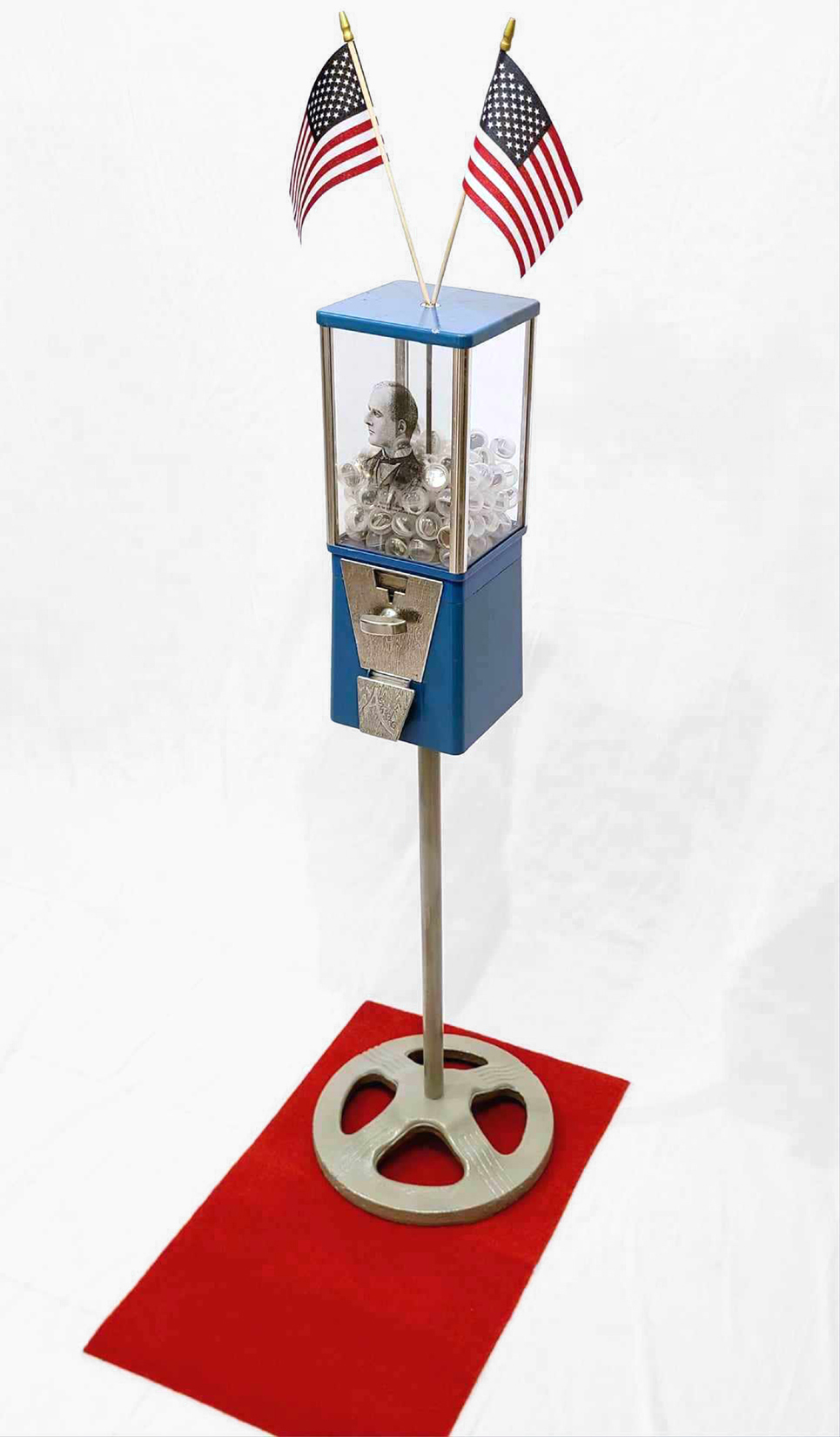
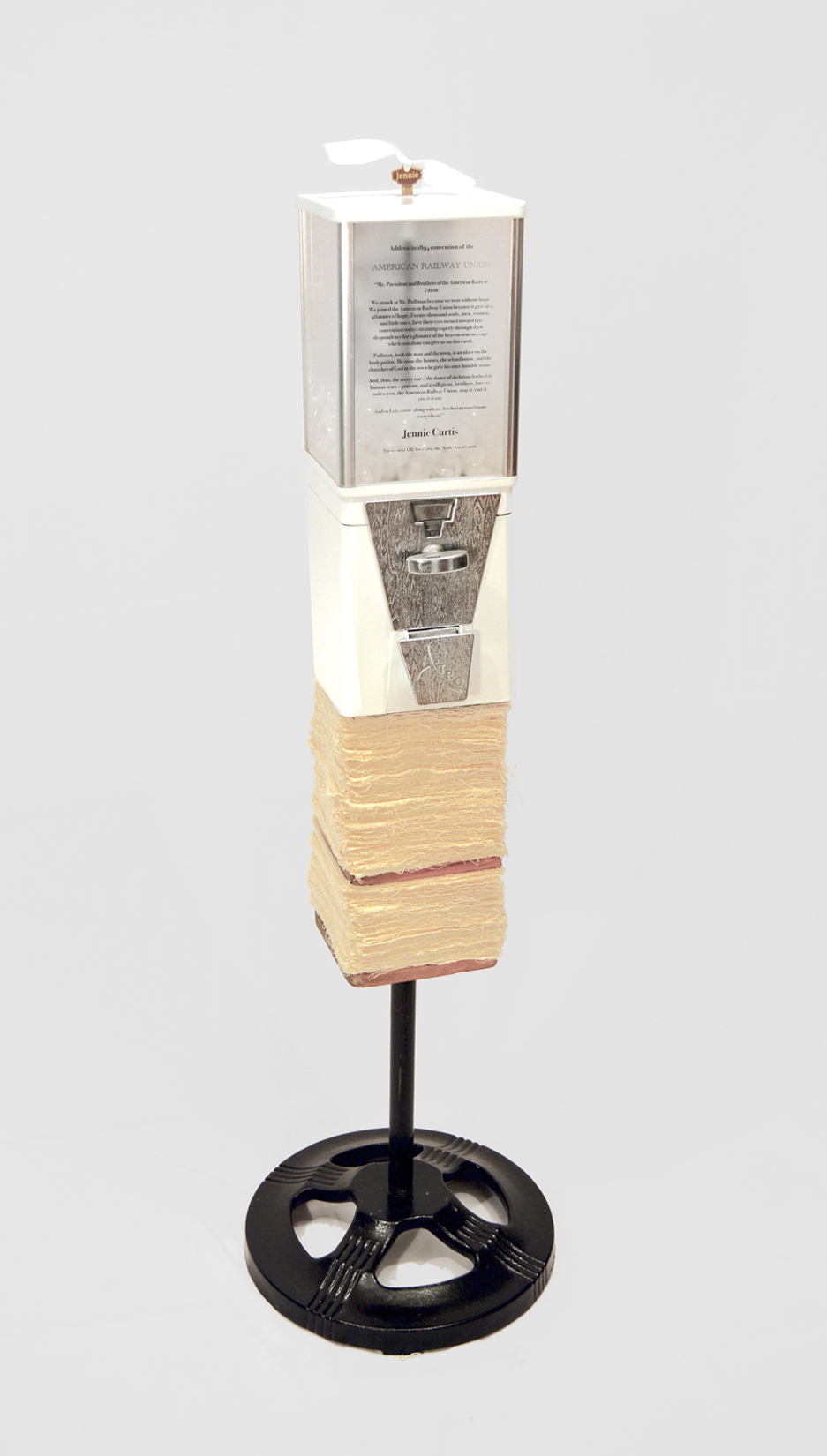
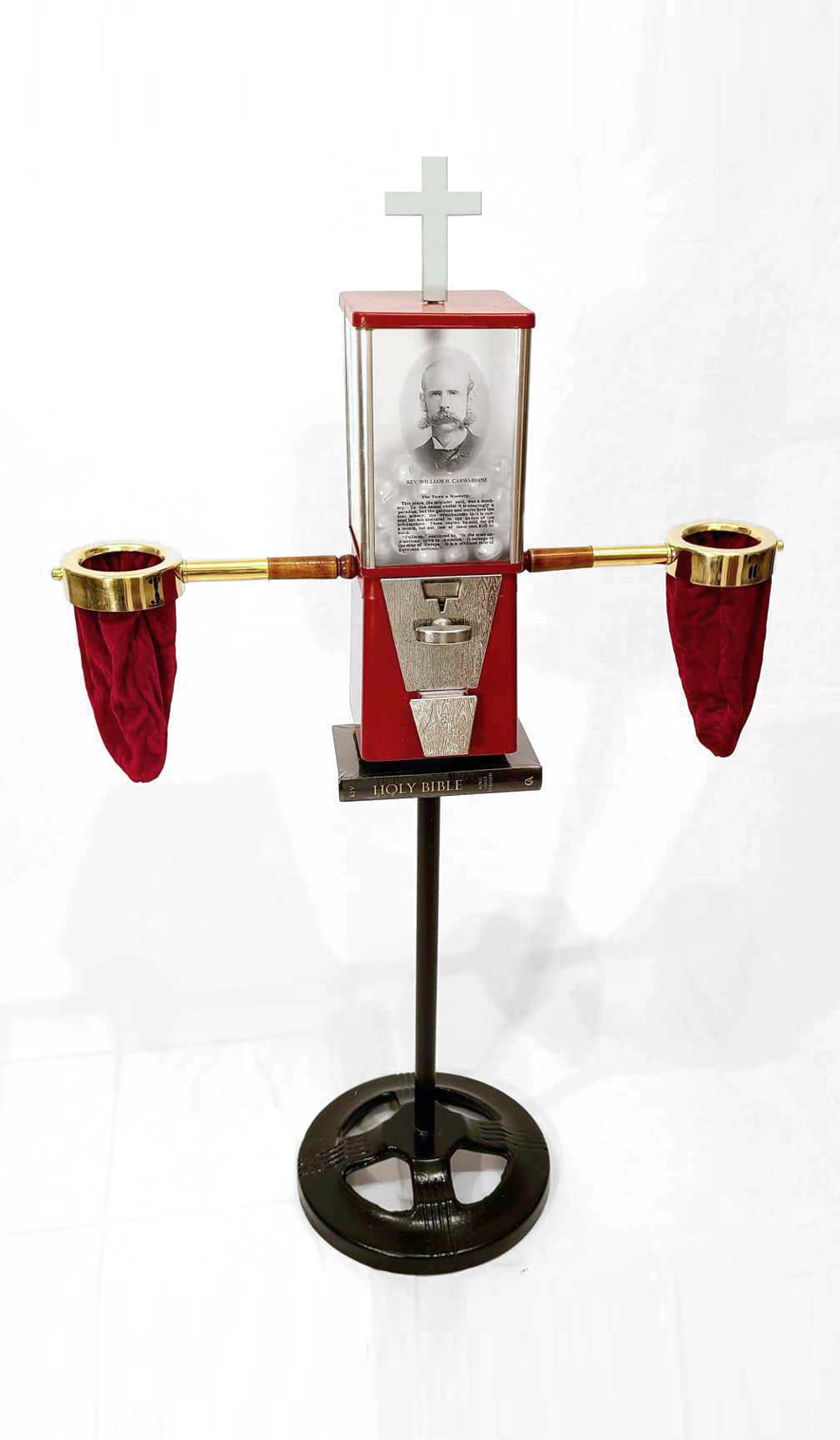
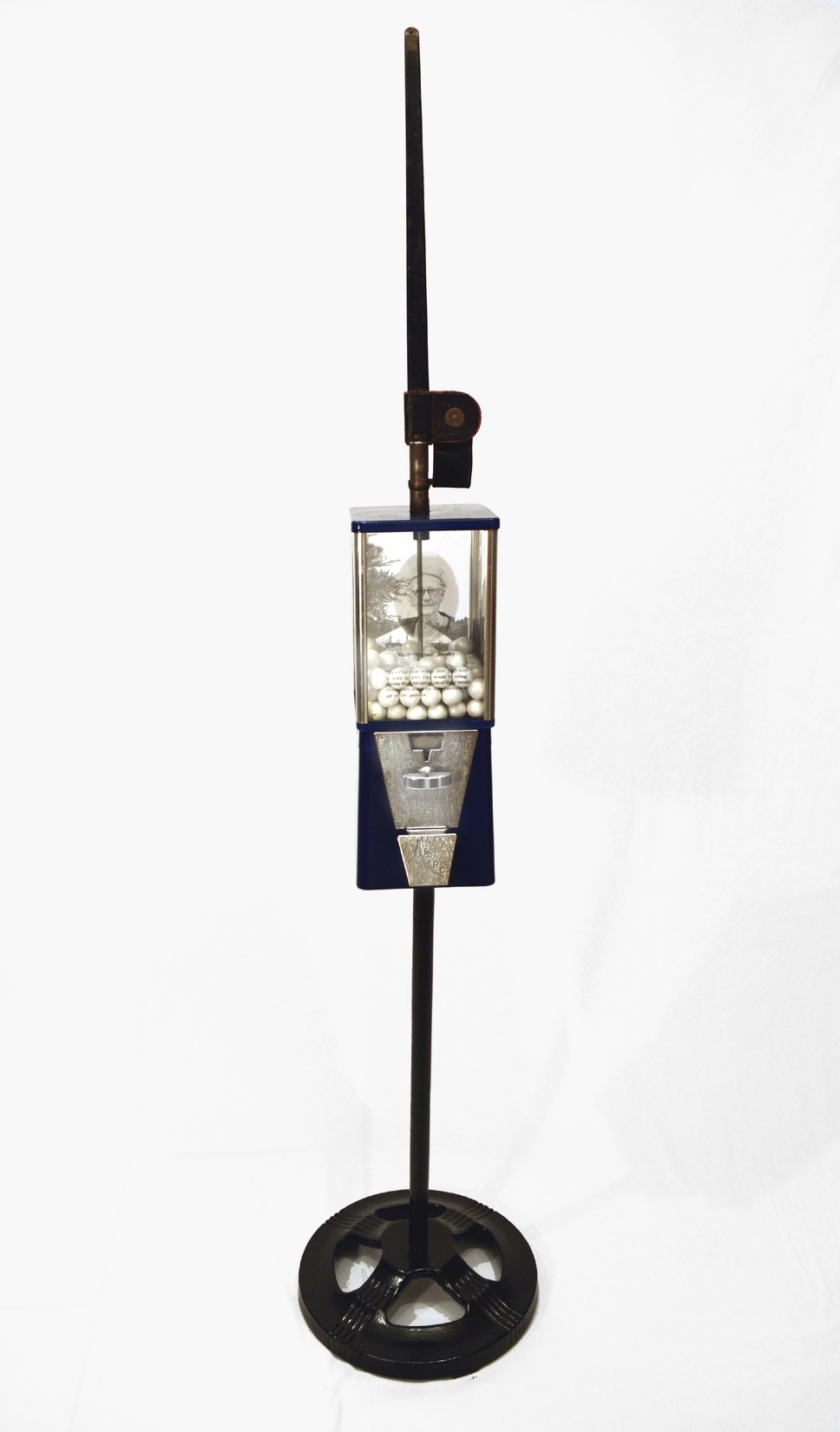
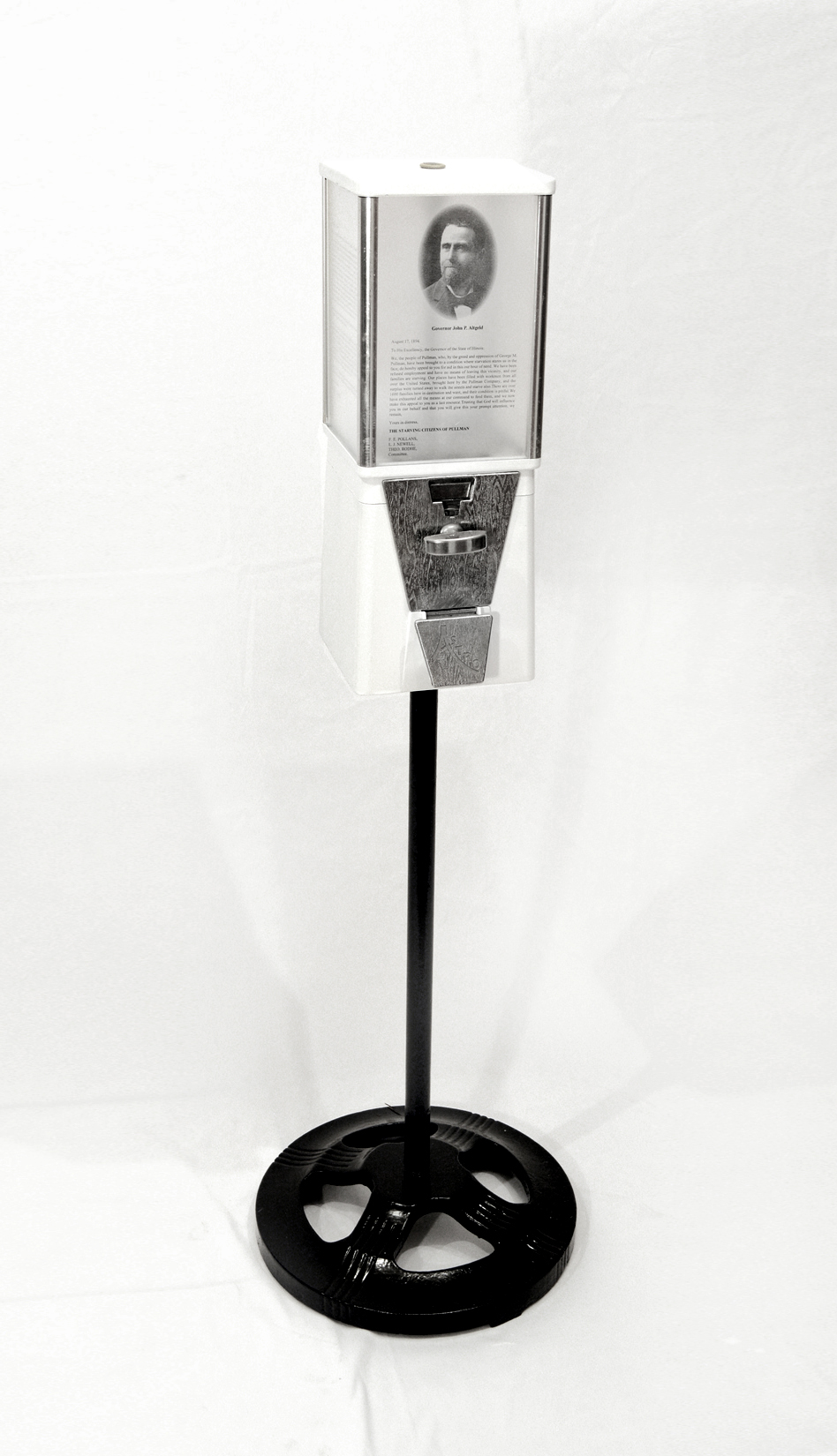
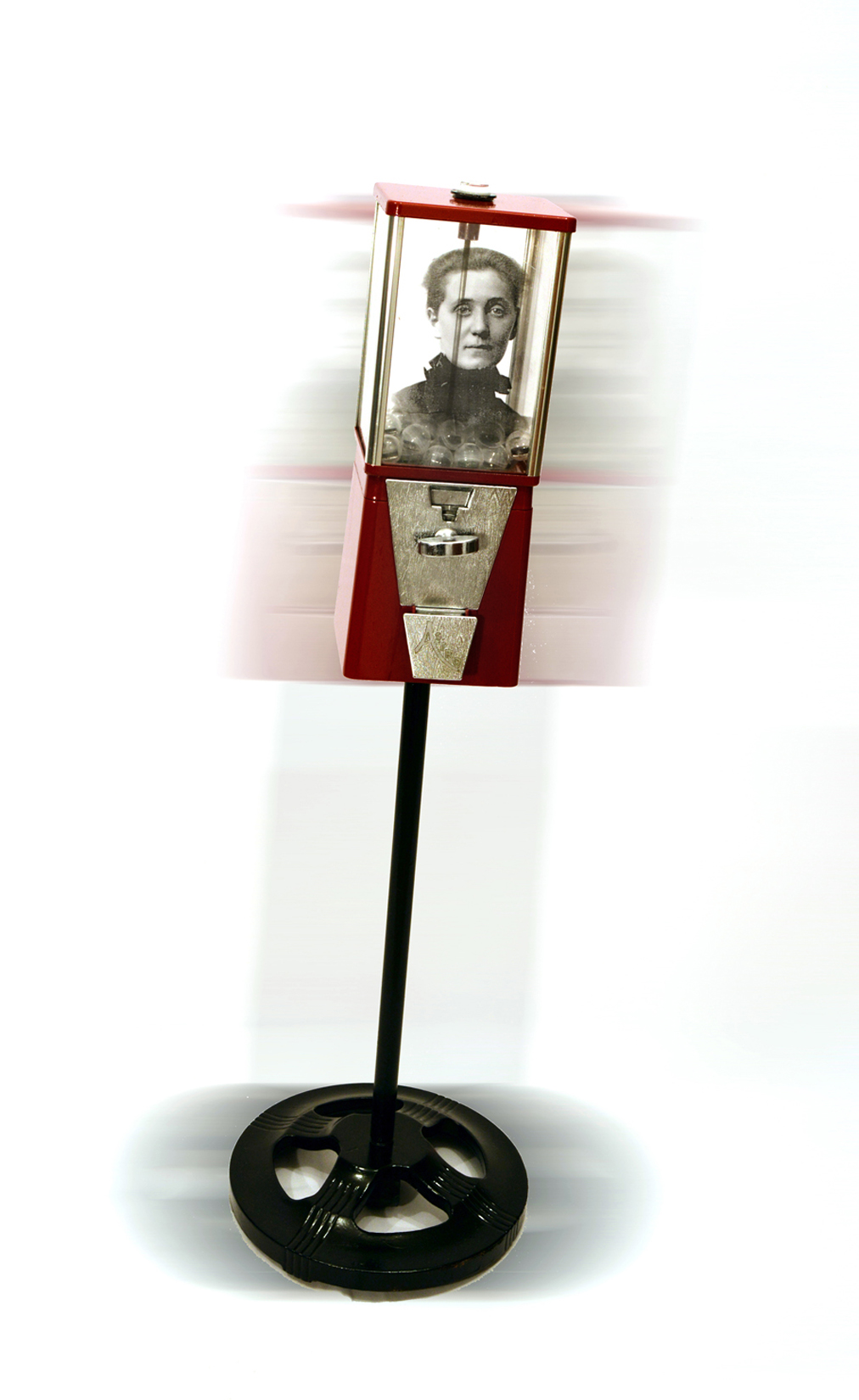
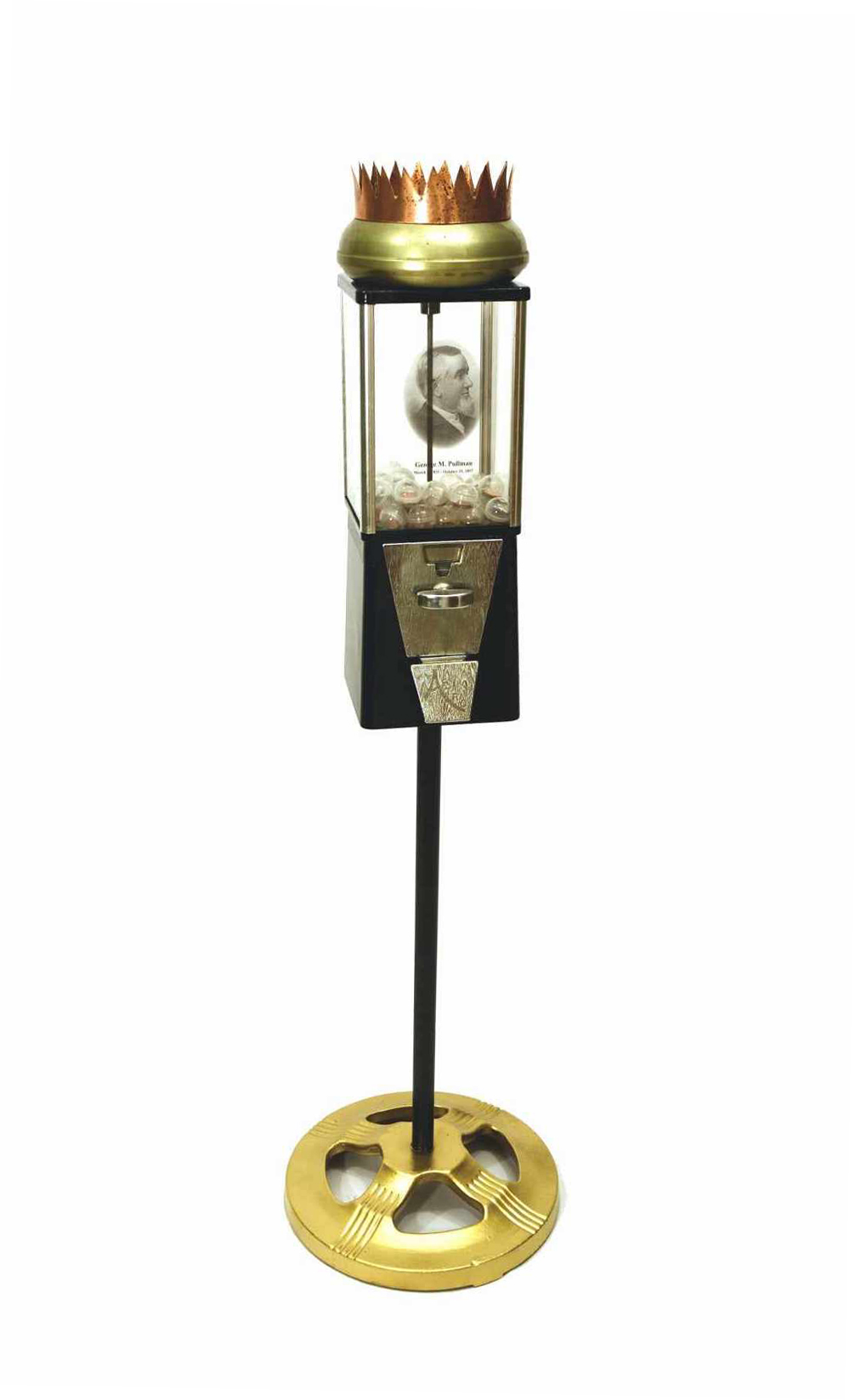
The Gumball Project |
other ART sites design by: t a l l s k i n n y . c o m